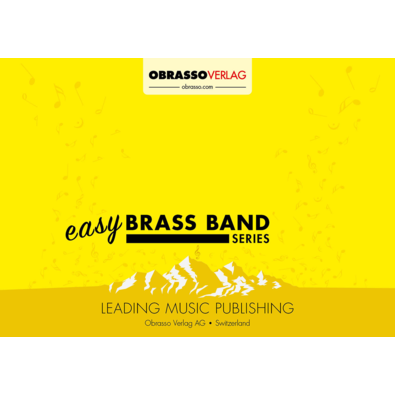We've found 167 matches for your search. Order by
Results
-
 £56.00
£56.00 -
 £59.70
£59.70 -
 £56.00
£56.00Love's Old Sweet Song - James L. Molloy - Alan Fernie
Estimated dispatch 7-14 working days
-
 £42.70
£42.70Flying Eagle - Hermann L. Blankenburg - Ray Woodfield
Estimated dispatch 7-14 working days
-
 £56.00
£56.00 -
 £42.70
£42.70Stets Zielbewusst - Hermann L. Blankenburg - Roy Newsome
Estimated dispatch 7-14 working days
-
 £42.70
£42.70 -
 £42.70
£42.70Gruss an ThAringen - Hermann L. Blankenburg - Ray Woodfield
Estimated dispatch 7-14 working days
-
 £56.00
£56.00 -
 £52.40
£52.40
